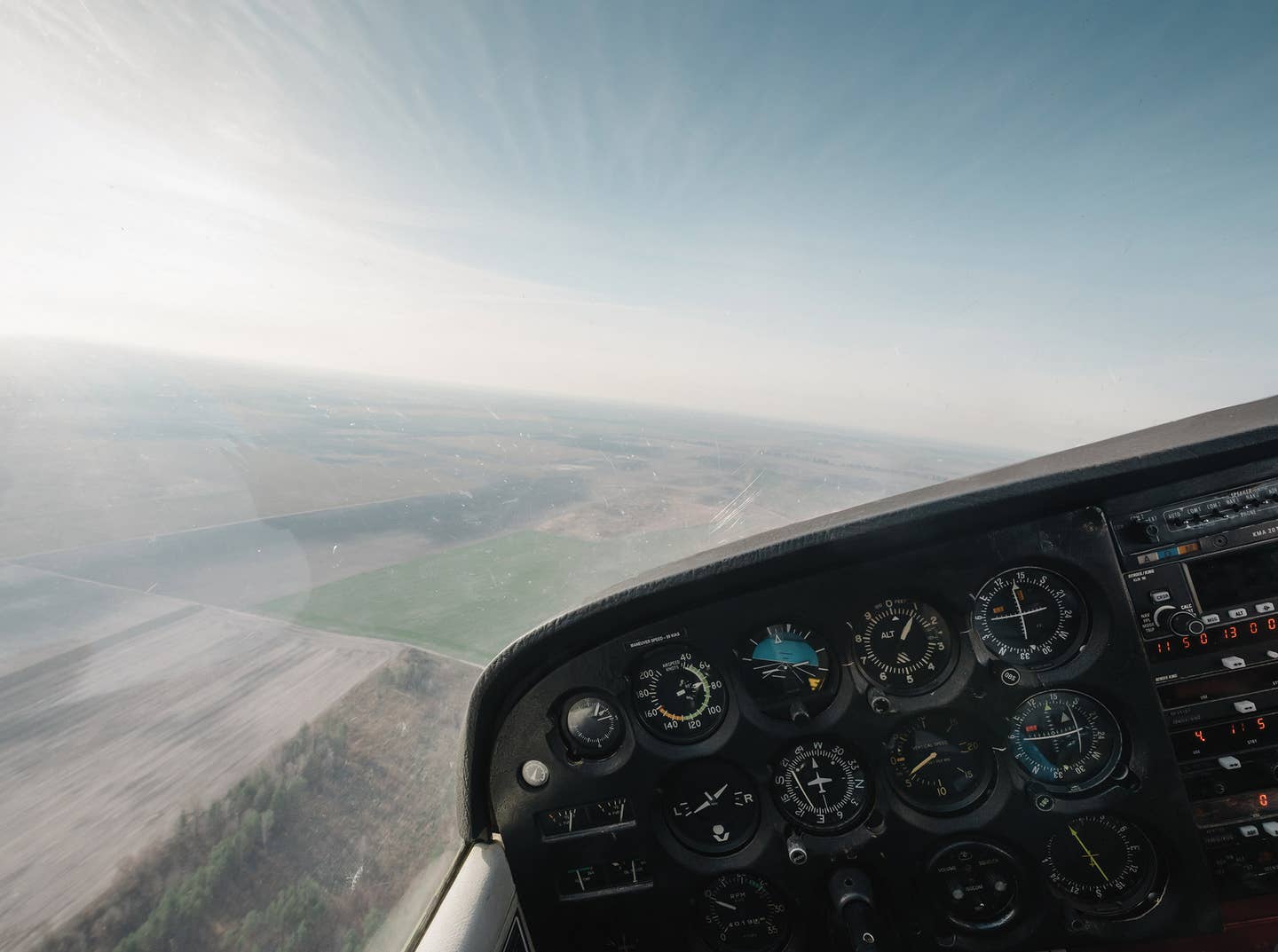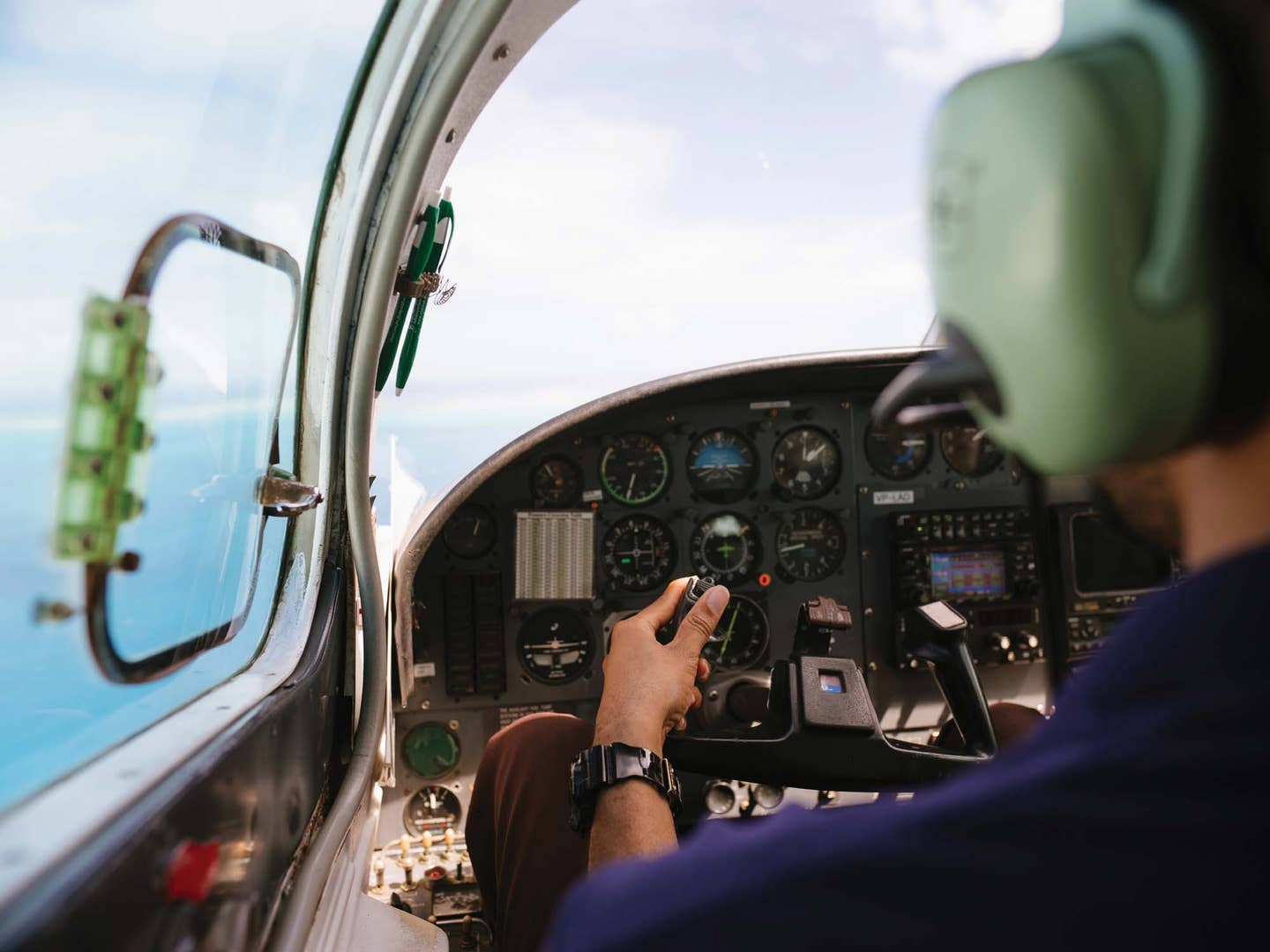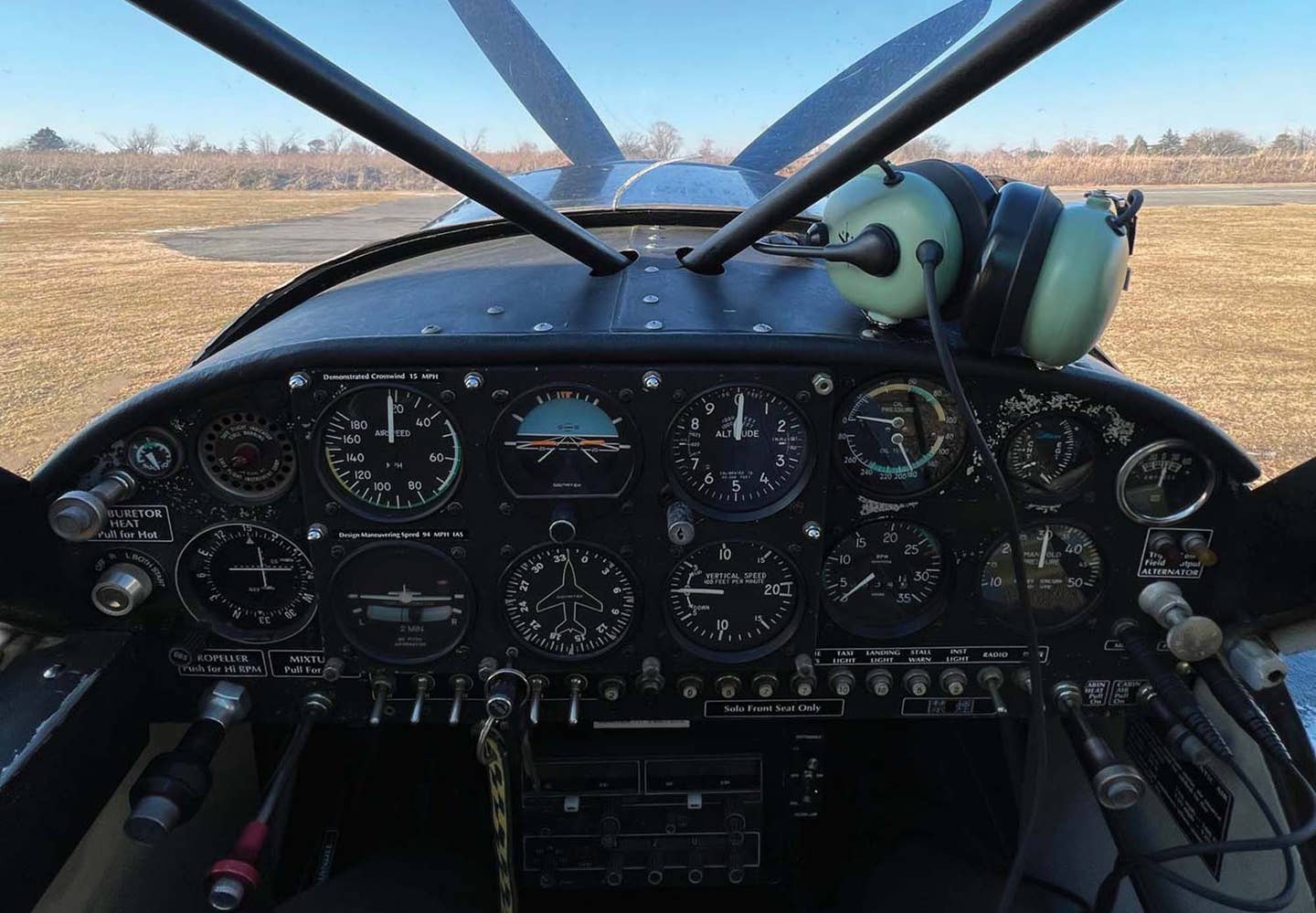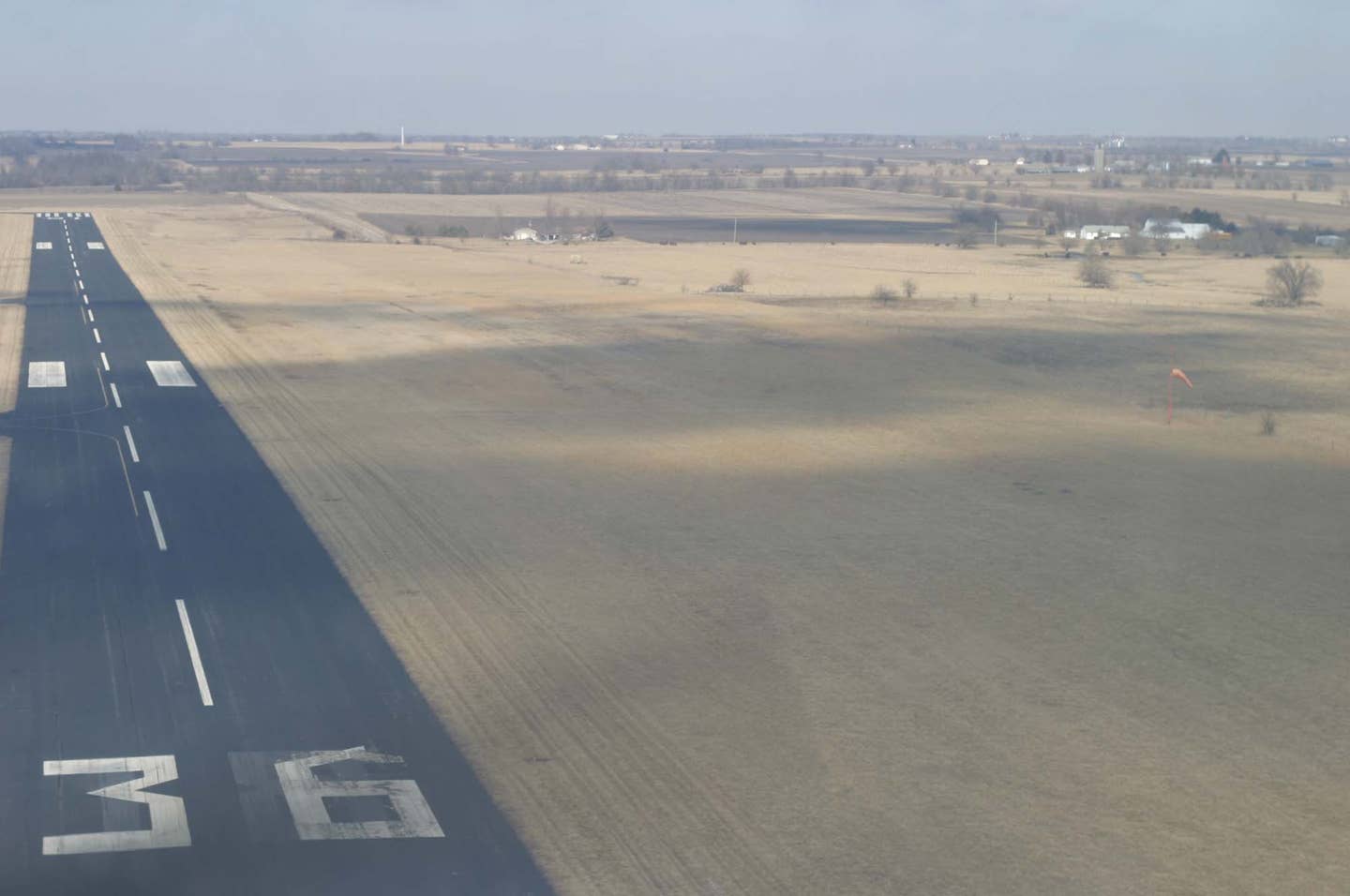Pro Tips for Private Pilots: Time for a New Golden Age
By my reckoning, there have been two golden ages of general aviation in my lifetime. The first peaked around 1976, coincidentally a year when so many of the airplanes we…
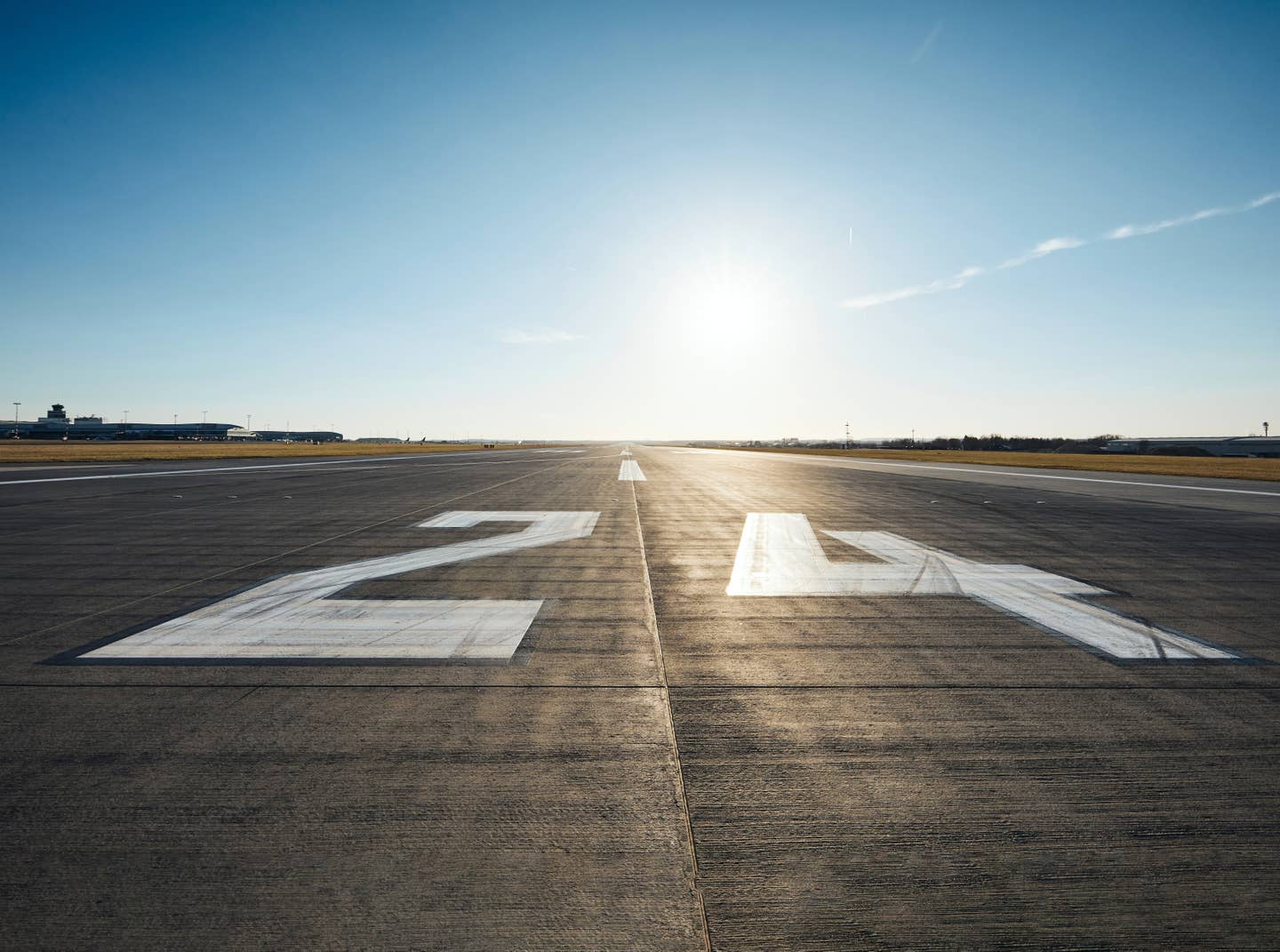
A mile of runway will take you anywhere. [Adobe Stock Image]
By my reckoning, there have been two golden ages of general aviation in my lifetime.
The first peaked around 1976, coincidentally a year when so many of the airplanes we mere mortals can afford to own and fly today were constructed. Thousands of single-engine piston airplanes were produced each year. FBOs were numerous, diverse, and competed on price and service. All this made long-distance travel by light singles relatively affordable and fun. However, the specter of product liability nearly killed the fatted aviation calf.
It wasn’t until the General Aviation Revitalization Act (GARA) of 1994 that things began to turn around. The second golden age peaked around 2008. For a while there, several venerable brands were revived, piston aircraft production nearly doubled, and it looked like GA travel was back in style. Then came the recession of 2009, and it has been a rocky road ever since.
Restoring the Glory
Then again, maybe we can bring back some of that faded glory and start our own golden age. The legacy fleet of owner- and renter-flown aircraft is still in good shape, sales of retrofit avionics upgrades are strong and, thankfully, the airspace we fly in remains some of the least regulated in the world. OK, so avgas is not cheap. That is until you take a look across the Atlantic or Pacific and realize just how good we have it. And let’s face it, highway travel remains frustrating at best. Remember the old adage: “A mile of road will take you a mile. A mile of runway will take you anywhere.”
So maybe it’s time to pull the bird out of the hangar and go exploring. The COVID-19 pandemic kept us all cooped up for several challenging years, so it’s time to enjoy the freedom we have and fly at will across this beautiful country. The first step may be to go back a few years and remember why we all started flying.
Where Did the Joy of Flying Begin for You?
It all started for me on August 21, 1973—that day, the direction of my life changed forever. On a misty morning, my flight instructor, Fred Broce, the legendary chief pilot at Virginia Tech Airport (now KBCB), climbed out of the right seat of the little 1959 Cessna 150, turned, and said, “Give me three takeoffs and landings, and I will see you back at the ramp.” I was alone in the airplane for the first time.
The first traffic pattern was all business: checklist, airspeed, altitude, aimpoint—now flare just right. The second pattern was still hard work, although I began to notice the little Cessna seemed much quieter and flew a bit better solo. But the “aha” moment occurred on the final pattern. On the downwind leg, I finally took a moment to absorb the spectacular scenery, maybe for the first time in nine hours of stalls, traffic patterns, and turns around a point. The stunning Blue Ridge Mountains, their brilliant hues of green shrouded in wisps of the mist, were a feast for the eyes. I decided right then and there I was home.
A few months later, another fateful day arrived. With just more than 40 hours in the logbook and a freshly minted private pilot certificate in hand, I invited the woman who would become my wife to come fly with me. She said yes to the flight, and the marriage proposal, and for nearly 50 years we have shared the joy of airplane travel and ownership. Our boys, now grown with families of their own, thought of our airplanes as flying station wagons. Taxiing into the FBO with the eyes of our waiting parents and grandparents, eager to see us and hug the kids, felt for a moment like Charles Lindbergh arriving at Paris’ Le Bourget.
Our little family has flown our simple fixed-gear airplanes coast to coast, and we have seen just about every corner of this beautiful country and a bit of Canada. We have felt pity for the folks stuck in traffic below as we zipped across the LA basin to downtown San Diego. Ripon, Fiske, and Rock Your Wings are burned in our memories as we made our way to EAA AirVenture.
A career as a military pilot, nearly 800 hours of it flying low-level missions admiring the ever-changing scenery from an altitude of 800 feet and nearly 400 knots, and a handful of additional ratings and certificates confirmed that we pilots have the best view in the world. Through it all, a line from a nearly forgotten poem rings out: “And I look down with hungry eyes at the land below.”
My wife Debbie and I are sightseers and travelers. And our trusty Cessna 177B Cardinal is the magic carpet that makes it all possible. It is neither the newest, fastest, or the fanciest, but it is ours. A factory-rebuilt engine, overhauled prop, and an IFR GPS keep it up to date. The paint still shines after 25 years, a testament to what a hangar and a little wax will do. It still has a vacuum pump and an elderly autopilot, but when we are aloft, heading someplace new, we are ready to be amazed by what we see. The trip from Florida to North Carolina to see our grandkids is a feast for the eyes. And this time, as we taxi in, the tables have turned, and our kids and grandkids are waiting to greet us.
What Is Stopping You?
So, what is the point of this rambling? These marvelous little airplanes we either rent or own are meant to go places.
Those of us lucky enough to be able to fly can recharge our batteries by slipping the surly bonds of Earth, even if just for a local pattern flight or trip around the local area. The view from a few thousand feet up puts so many things into perspective. However, these little aluminum birds we are entrusted with are meant for more than that. And we happen to live in a country where flying is still one of the freest experiences in the world. So maybe it’s time to get back in the air and on the way to new destinations and adventures.
What To See
Did you know the Beechcraft, Swift, and Piper museums are each found right on airports within easy reach of most major East Coast cities? Down here in Florida, the airport restaurant is flourishing, with new ones opening all the time. Out west, even at 120 knots, our basic VFR machines really shine. Severe clear weather, long distances, stunning vistas, and numerous airports in busy cities that allow us to wing our way over the traffic jams are the norm. Head north to the Great Lakes or New England, the scenery is stunning, and the options are endless. So what is the secret to traveling distances in our well-seasoned little birds?
Take Your Time and Plan Your Stops
The old saying, “If you have time to spare, go by air,” comes to mind. If you are planning a weeklong trip, plan for a week and a half to allow for the occasional breakdown and marginal weather. Arrange your stops based on the availability of services, lodging, and transportation. Unplanned maintenance issues should be part of the agenda. In the long run, it might be less expensive to tie down next to a full-service maintenance shop than at an isolated strip where gas is $1 cheaper.
Pace Yourself
Break up your trip into easy bites. Keeping the days to a comfortable two-hop, rather than pushing a long three-leg flight into darkness, makes so much sense. And consider making your first leg the longest and each leg thereafter shorter. This helps us manage fatigue and account for unplanned delays.
Time To Embark on a New Era
As Plane & Pilot embarks on a new era, it’s high time we do as well. Hundred-dollar (OK, maybe $200 today) hamburger flights, long weekend trips, or cross-country adventures all reveal the value of our pilot certificates and these amazing little time machines we fly. Consider traveling with friends on flights of two or three.
Try new airports and destinations. And while you are at it, take a few moments between programming the GPS and adjusting the mixture to marvel at the view below. It is guaranteed to put a smile on your face, and the world around you may just look a little brighter. Fly safe.
Editor's note: This story originally appeared in the September 2023 issue of Plane & Pilot magazine.

Subscribe to Our Newsletter
Get the latest Plane & Pilot Magazine stories delivered directly to your inbox

